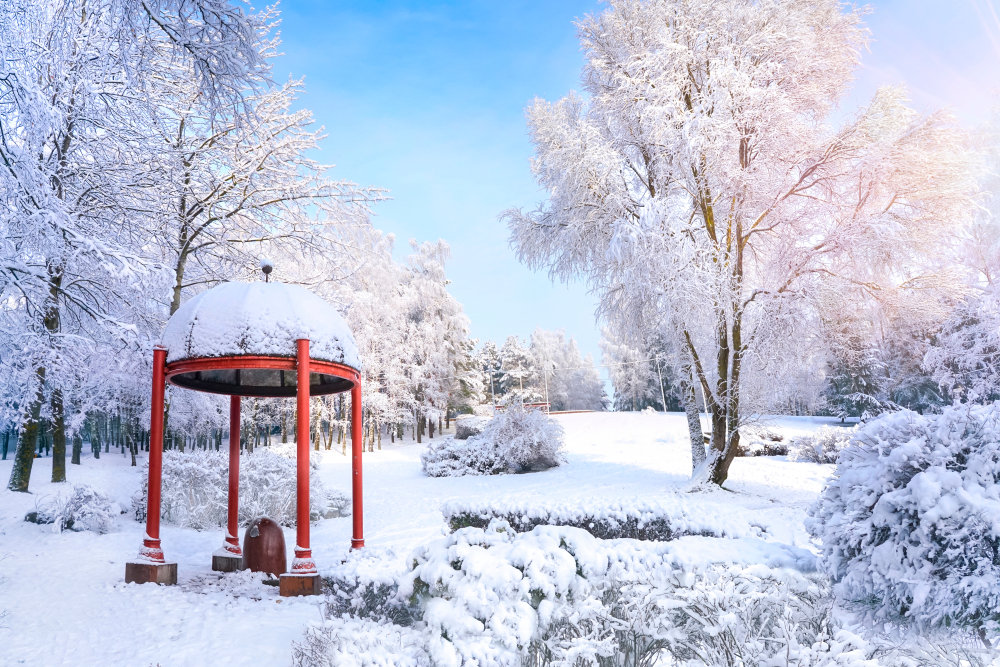Nothing makes a backyard more fun during the warm summer months than an aesthetically pleasing pergola. However, once the colder months begin to set in, you’re probably going to be spending a lot less time out on that pergola. This doesn’t mean you should just leave it out there for the harsh elements of winter to do their thing, though. Instead, you should take the necessary precautions to make sure that your pergola is able to survive for the next warm season. Here are some ways to help your pergola survive the winter…
Add weather-seal
First of all, it’s important to note that the elements of winter can do considerable damage to your pergola, unless your pergola is made of vinyl, in which case it should be okay. However, if your pergola is made of wood or metal, then snow and constantly fluctuating cold weather can do tremendous damage to it. The first thing that you can do to prevent metal from rusting or wood from getting rotted is to find an appropriate weather-seal to protect your pergola from the wet weather.
Consider covering certain materials
Again, if your pergola is wood or metal, then the harsh elements that come with winter have the potential to be quite destructive. Even if you cover your pergola with a weather-proof seal or stain, snow and other types of precipitations and extreme weather conditions can cause it to wear away, over time. For this reason, if you don’t plan on using your pergola much, or at all, during winter, it might be beneficial to simply cover it up until spring, or until you need to use it. Simply strapping a tarp over your pergola will keep it healthy, during winter.
Clean the pergola before winter comes
Before winter arrives, it is usually a good idea to give your pergola a good cleaning. Spray off any dirt and scum that may have built up, over time. This is especially important to do on the floor, if your pergola has a constructed floor. The reason for this is that, once winter comes, snow can trap those things underneath it and cause rot to occur, until it melts. This is how wooden pergolas get moldy, and it can speed up the process that metal pergolas will melt.

